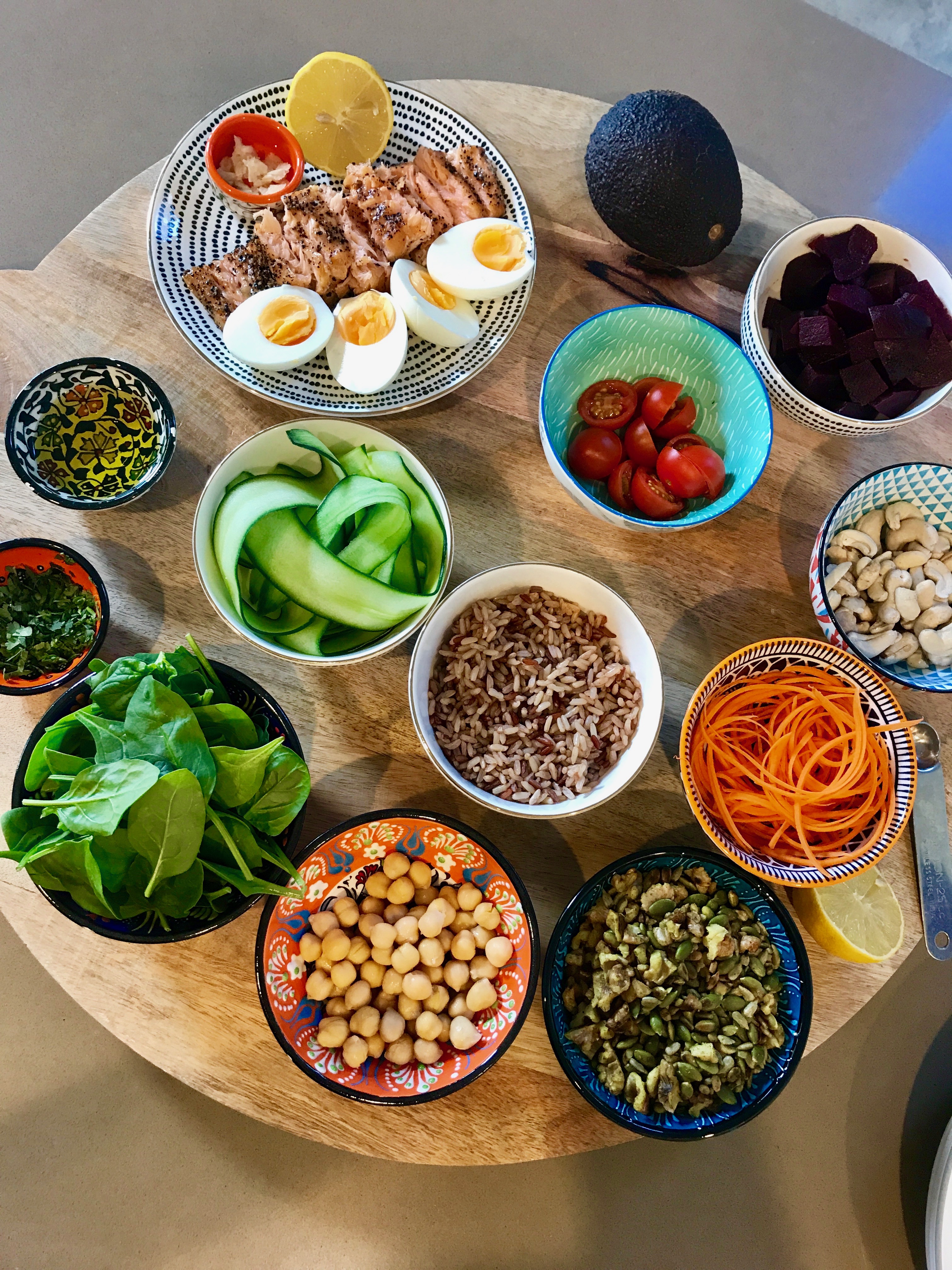The month of March is Endometriosis Awareness Month and if you aren’t familiar with endometriosis, it is, a chronic condition that affects around 1 in 10 Australian women.
It occurs when cells similar to those that line the uterus, grow in other parts of the body. Common symptoms of endometriosis include fatigue, pain – not just around mensuration but often if not constant, bowel and bladder irritation and heavy or irregular bleeding.
Despite the debilitating symptoms, little attention is paid to the impact endometriosis has on the lives of women who experience it. This makes campaigns such as endometriosis awareness month an important part of helping to recognise the need for a better understanding of endometriosis and greater support for women with endometriosis.
While there is no cure for endometriosis and endometriosis cannot be prevented, diet can in some instances make a difference to symptoms and overall quality of life.
Specifically, eating a diet high in fibre and anti-inflammatory foods while reducing trans fats and excess refined sugar is a good place to start. This sort of eating pattern, consists of the follows:
- Cutting back on processed foods, baked goods, snack products and deep fried foods all high in trans fats – check the nutritional panel to see if the product has trans fats.
- Consuming a daily dose of essential fats – food sources include, fatty fish, hemp seeds, chia seeds, flaxseeds, walnuts are all sources of omega-3 fats which must be consumed via the diet or supplemented.
- Reducing saturated fats found in meat and dairy and replacing with monounsaturated fats such as avocado, macadamia nuts, almonds, extra virgin olive oil.
- Integrating anti-inflammatory and anti-oxidants rich foods into your daily diet – turmeric, ginger, garlic, berries, sweet potato, cocoa, kiwi fruit, capsicum, tomatoes, kale, spinach, broccoli, red cabbage, beetroot, papaya etc.
- Consuming adequate daily fibre – root vegetables, whole grains, oats/oat bran, fruit, legumes and nuts/seeds.
The above eating pattern translates to the following day on a plate example:
Breakfast
Small smoothie using almond milk, spinach, hemp seeds, banana and turmeric + 1 slice seeded bread with avocado.
Lunch
Chickpea and cauliflower soup; or
Salad bowl using cooked grains, roasted beetroot, sweet potato, pumpkin, capsicum, spinach, coriander, grated carrot, hummus and tofu/chicken or legumes. A simple dressing such as tahini combined with miso paste, grated ginger, garlic, tamari/soy and water to thin.
Dinner
Grilled salmon or white fish with ratatouille and cooked freekeh/quinoa/brown rice
Snacks
Natural yoghurt with fruit and LSA
Raw vegetable sticks with beetroot hummus
Fresh cold press fruit/veg juice and handful of raw nuts/seeds
Seed crackers with hummus
Fresh fruit salad drizzled with almond butter and seeds
